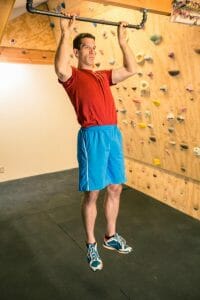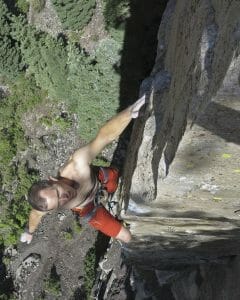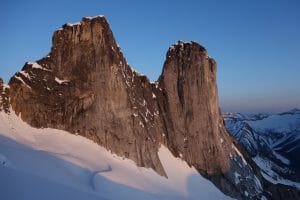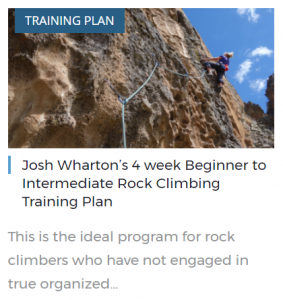What do an NBA basketball player, a gold medal runner, and a professional tennis player all have in common? One, they’re each incredibly fit. Two, that fitness won’t ensure that they will be any good at rock climbing.
This is because rock climbing is a skill-based activity, primarily. Fitness affects your climbing performance, but if you’re a highly skilled rock climber, and relatively fit, you can probably still climb at a high level. The opposite is not true; you probably can’t send 5.12 slab without good technique. To excel at rock climbing, you have to develop climbing skills.
Read More: Benefits of Rock Climbing Explained
That said, climbing skills will only take you so far. With very few exceptions (Chris Sharma, most notably), top-level climbers have to train strength in order to continue to progress. You are seeing this more and more nowadays. Black Diamond’s Project Bootcamp series of films is a perfect example, as it follows many of their top athletes through strict training regimens, showing the strength training side of the sport. In other words, what do a pro boulderer, a pro sport climber, and a pro alpine climber have in common? Well, besides having their skills dialed, most of them train for strength (or at least specific muscular endurance).

We get queries all the time from people that look something like this: “I’m an amateur powerlifter who wants to climb 5.12; can I just do pull-ups?” Or, on the other side of the same coin: “I’ve been stuck at 5.12 for years, and I want to climb 5.13. Can I achieve this just by climbing more?” Obviously, those are a bit glazed over, but that’s the gist of many of the predicaments we end up dealing with.
The short answer is, possibly, yes. If you can do 100 pull-ups, I can almost guarantee you’ll find some 5.12 somewhere that you can send (probably in your tennis shoes). If you’re a 5.12 climber and you find a 5.13 on which you can do all the moves, and you just throw yourself at it over and over again for months, you may eventually send. But there’s a major difference between climbing one 5.XX and being a solid 5.XX climber. Whatever grade you’re chasing, the fact of the matter is that a systematic approach to training will get you there sooner—no matter how experienced or inexperienced a climber you are.
Generally, beginner climbers will benefit more from skill training, while advanced climbers will benefit more from strength training. But each climber will need to find a balance between the two that suits her or his particular goals, and existing skill set. For example, the same climber might need to train more strength in order to climb overhanging 5.12 jugs, and more skill to climb slabby 5.12 friction. So there’s no one answer here for how you should go about training for your goals.

But there is one strategy, which, if applied to your goals, will likely yield the best results. That strategy is to get intentional about how you train. Assess your goals, assess your weaknesses, and try to figure out what’s holding you back. You might want to ask your climbing partners to watch you climb, and offer their input. Maybe you lack dynamic technique. Maybe you lack finger strength. Maybe your core is weak. Maybe your footwork is poor. Find a route in the gym that gives you trouble, and then watch a more skilled climber climb it. What do they do that you don’t? Are they better at breathing? Do they balance better? Do they simply do a pull-up on holds you can barely hold on to?
The real key here is not to conflate skill and strength training. Both are important, and not to be ignored. But rather than trying to force both types of training into a single workout, I’d recommend doing what all other athletes do and isolate physical training and technique training so as to give individual, focused attention to each. By doing this, you’ll not only be better able to monitor and measure your progress, you’ll also make progress more quickly.
So, going forward with your climbing goals, try to get more intentional. Step one: figure out the weaknesses that are standing between you and your goals. Step two: determine to what degree those weaknesses are strength or skill related. Step three: come up with a training regimen that directly reflects your particular needs.
Once you’ve gotten to step three, you’ll need detailed information about how to train for strength and skill. Don’t worry, we’ve got you covered. Keep an eye open for articles about each, coming out in the near future.



